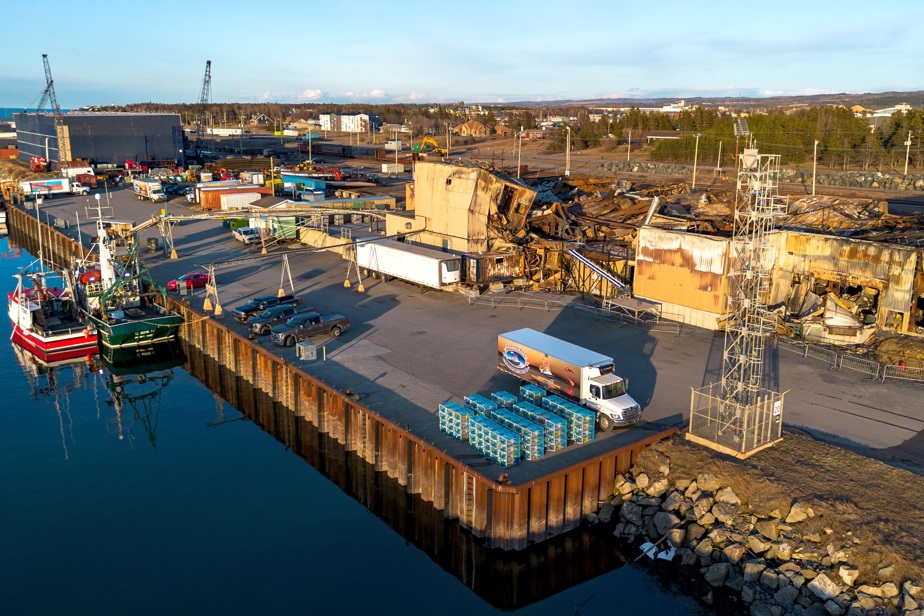Ottawa reopened commercial redfish fishing this year, after a moratorium of around thirty years, and allocated the bulk of fishing rights to factory boats, which are more polluting, leaving local shrimpers hungry.
The collapse of northern shrimp stocks is forcing Quebec fishermen to find solutions to keep their small businesses profitable – for those who want to stay in this sector.
One solution could be fishing for redfish, this goldfish whose stocks are now healthy. On the condition that they get their hands on quotas, since Ottawa has allocated practically 60% of redfish fishing rights to offshore boats, boats that are more than 100 feet long and are commonly called “factory boats”. .
Beyond the economic issue which deprives local SMEs of fishing rights, Ottawa supports a polluting industry, maintains Alain Dufresne, president of Énergie Saint-Laurent, a Gaspé company which is interested in the energy transition in the field naval.
“I am used to working with fixed buildings, and 99.9% of buildings in the world are fixed,” begins Alain Dufresne. When you see a mobile building, the question to ask yourself is: why is it mobile? »
In this case, the offshore boats, which belong to large Canadian and international companies, have no use in the Gulf of St. Lawrence, he calculates, because vessels on the coasts could do the same work, locally .
These large boats produce their own energy at sea, while the smaller players bring their catches back to the quay, where they will be processed in factories or sent to the fishmonger.
Énergie Saint-Laurent believes that this is a very bad environmental calculation on the part of Ottawa and denounces the decision of the ministry responsible for fisheries.
In its calculations, the company takes into account the efficiency of larger boats which collect more fish, more quickly. “If you take more, you consume more; the heavier you are, the more you consume”, summarizes Alain Dufresne who establishes a coefficient on the final product, in particular by calculating the tonnes of CO2 issued.
The result is unequivocal: smaller shrimp boats produce more sustainable fishing.
In Quebec, there are 36 companies that have a quota of shrimp fishermen.
According to the Gaspé firm, the fleet of offshore boats in the Gulf presents a CO emissions coefficient2 higher than the overall coefficient of fleets of coastal and mid-shore boats in synergy with land-based factories.
Not for everyone
Patrice Élément, director of the Quebec Shrimp Fishermen’s Office, also deplores that the redfish fishing quotas were allocated on “historical shares”, therefore that we took the proportions that were in place when it was There was a commercial redfish fishery in the country 30 years ago.
Fisheries and Oceans Canada could not provide details on the reasons for allocating quotas when we contacted the Department on this subject on Friday, due to lack of time to obtain this information from those responsible for communications.
“Apart from the big corporations, no one thinks it’s a good idea,” explains Patrice Élément.
Shrimp boats from the estuary and Gulf of St. Lawrence obtained 10% of the redfish quotas. Same thing for indigenous communities.
“We are asking Fisheries and Oceans to review that,” says Patrice Élément, “but with what is happening in shrimp, currently the efforts of the various associations are more for a program of rationalization and repurchase of shrimp licenses. »
This means that, although it is welcome, redfish fishing is no longer a lifeline for certain shrimpers who are no longer able to keep their business above water.
“It’s certain that it would allow fishermen to survive,” says Patrice Élément. Because there are shrimp for about three or four fishermen. »
Despite this, some fishermen believe that the modifications they will have to make to their boats to fish for redfish, modifications required as of 1er November 2024, are just not worth it.
